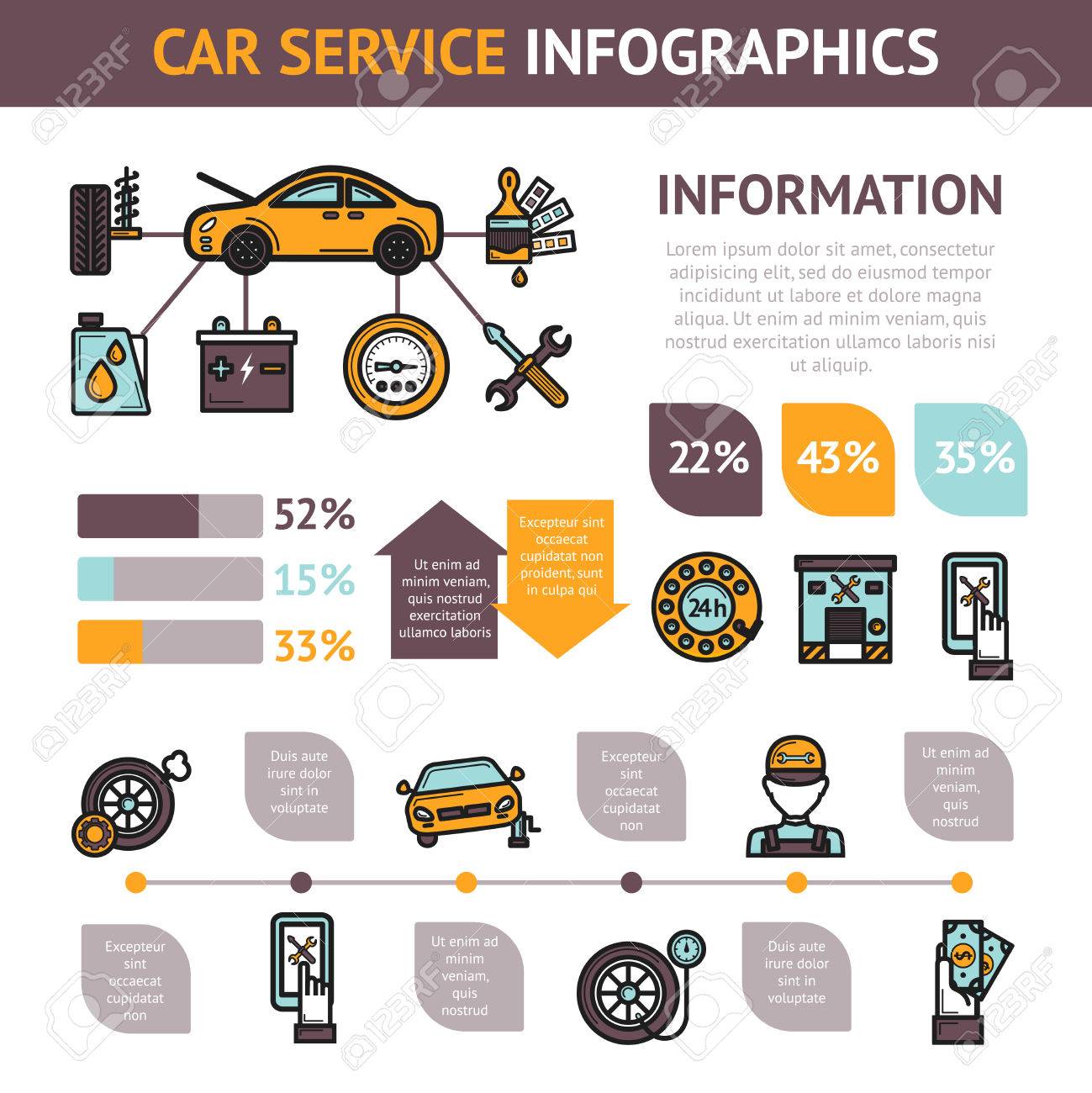Deciphering The Value Of Your Automobile'S Warning Indicators
Deciphering The Value Of Your Automobile'S Warning Indicators
Blog Article
Material Writer-Wilkinson Crawford
When you're behind the wheel, those radiant caution lights on your control panel can be a bit perplexing. Do you understand what they're attempting to inform you about your automobile's health? Recognizing the significance of these lights is vital for your safety and the durability of your car. So, the next time among those lights appears, would not you want to decode its message accurately and take the necessary steps to address it?
Common Caution Lighting and Interpretations
Identify typical warning lights in your vehicle and understand their definitions to guarantee safe driving.
One of the most normal warning lights include the check engine light, which indicates concerns with the engine or emissions system. If this light begins, it's important to have your automobile inspected promptly.
The oil pressure cautioning light indicates low oil pressure, calling for instant focus to prevent engine damage.
auto repair shop flashing battery light could recommend a malfunctioning charging system, possibly leaving you stranded if not attended to.
The tire pressure monitoring system (TPMS) light signals you to reduced tire pressure, affecting vehicle stability and gas performance. Ignoring this can result in risky driving problems.
The abdominal light shows a problem with the anti-lock stopping system, compromising your ability to stop swiftly in emergency situations.
Finally, the coolant temperature alerting light warns of engine getting too hot, which can lead to extreme damages if not settled quickly.
Recognizing these common warning lights will help you attend to concerns promptly and maintain secure driving conditions.
Value of Prompt Attention
Comprehending the typical caution lights in your car is just the initial step; the value of without delay dealing with these warnings can't be emphasized enough to guarantee your safety and security when driving.
When a caution light brightens on your dashboard, it's your automobile's method of connecting a potential concern that needs interest. Neglecting these cautions can lead to a lot more serious problems later on, endangering your safety and security and possibly costing you more in repairs.
Prompt attention to cautioning lights can prevent failures and crashes. For instance, a blinking check engine light might show a misfire that, if left neglected, can trigger damage to the catalytic converter. Addressing https://airliftperformance27261.blogdosaga.com/27608247/acquire-the-skills-to-easily-transform-your-cars-and-truck-s-oil-and-conserve-cash-in-the-process-by-describing-this-comprehensive-detailed-guide can conserve you from a costly repair.
In a similar way, a brake system warning light may signal low brake fluid or worn brake pads, critical parts for your safety and security when driving.
DIY Troubleshooting Tips
If you see a warning light on your dashboard, there are a couple of DIY repairing suggestions you can try before looking for professional help.
The initial step is to consult your car's manual to understand what the details warning light indicates. In some cases the issue can be as easy as a loose gas cap causing the check engine light. Tightening auto repair shops may deal with the problem.
One more usual concern is a reduced battery, which can cause different warning lights. Examining the battery connections for rust and ensuring they're protected may fix the problem.
If a caution light persists, you can try resetting it by separating the vehicle's battery for a couple of minutes and after that reconnecting it. Furthermore, checking your lorry's liquid degrees, such as oil, coolant, and brake liquid, can assist troubleshoot cautioning lights associated with these systems.
Verdict
In conclusion, recognizing your automobile's caution lights is necessary for maintaining your lorry running smoothly and securely. By without delay resolving these alerts and understanding what they indicate, you can prevent costly repair services and prospective malfunctions.
Keep in mind to consult your car's handbook for certain details on each advising light and take action accordingly to make certain a hassle-free driving experience.
Remain educated, remain safe when traveling!
